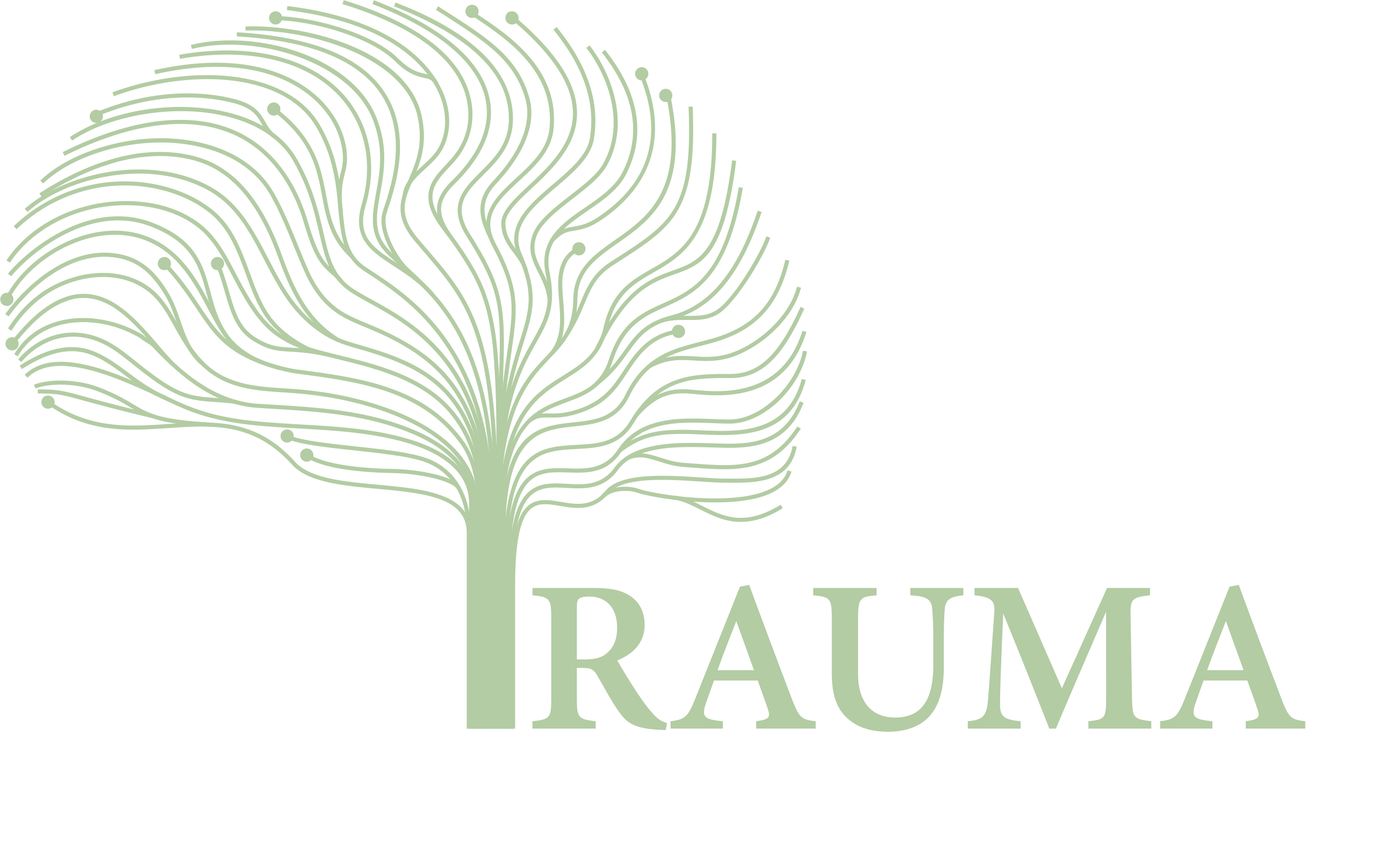Grounding Techniques for Post Traumatic Stress Disorder
Post-Traumatic Stress Disorder (PTSD) may occur when a person has experienced a shocking, scary, or dangerous event. Individuals who have been diagnosed with Post-Traumatic Stress Disorder may experience flashbacks, where the individual will relive the traumatic incident or Dissociation, which is a strong sense of feeling spaced out or not in reality. This can be prompted by sights, sounds, smells, or anything that the individual may associate with the traumatic incident. Some other symptoms of Post-Traumatic Stress Disorder are nightmares and panic attacks.
It can be overwhelming when a person has a flashback or a panic attack due to being prompted by something that reminds them of their trauma. They may experience intense emotions such as fear, sorrow, or anger. Grounding Techniques are used to help this person to focus on the present rather than thinking about distressing thoughts or memories. You can use grounding techniques when you are:
- Feeling panic or anxiety
- Having flashbacks or intrusive memories
- Feeling dissociated
- Having the urge to self-harm
Some grounding techniques that can be used are:
- Focusing on the Environment – Some examples of this are naming everything that is a specific color around you – for example, “Name everything that is red around you”. Using the 5, 4, 3, 2, 1 or 5 Senses Method: Notice 5 things you can see, 4 things you can feel, 3 things you can hear, 2 things you can smell, and 1 thing you can taste.
- “Safety Statements”– Thinking or saying “I am safe now, I am in the present not the past, I am in Location and the date is Date”
- Focus on your breath – Focus on your breathing is it goes in and out of your body and then start to slow your breathing.
- Physical Grounding – This can be touching different objects around you such as your keys, your phone, or other nearby objects. This could also be clenching and releasing your fists and/or stretching your arms and legs as far as you can.
Using grounding techniques can be hard, at first, but are known to be effective with practice. The more you practice these techniques, the better they will work and may even become automatic. The result will be a stronger ability to remain focused, reduce flashbacks and improve your functioning in your day-to-day life. The grounding techniques listed above are just a few possible examples; you can always collaborate with your therapist and brainstorm grounding techniques that may work better for you!



